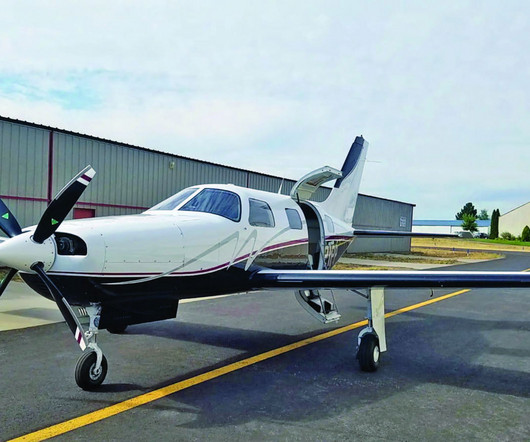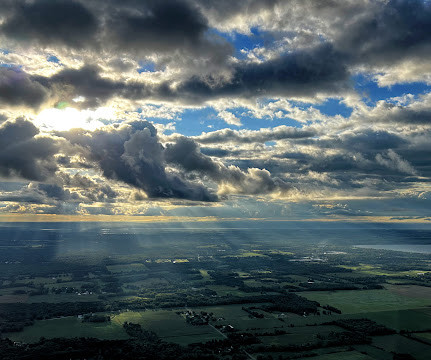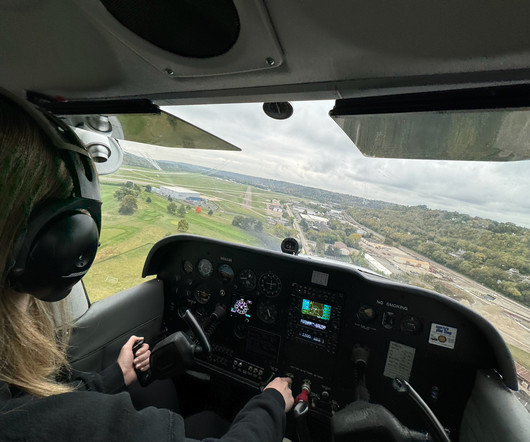The Role of Newton’s Third Law in Aviation
Pilot Institute
APRIL 12, 2025
High camber generally promotes more airflow deflection, thanks to something called Bernoullis Principle. This is why the typical airfoil shape has a curved top and a flat bottom, especially in slower-speed general aviation aircraft. Whenever aircraft encounter crosswinds, the most noticeable impact is felt in yaw.


















Let's personalize your content